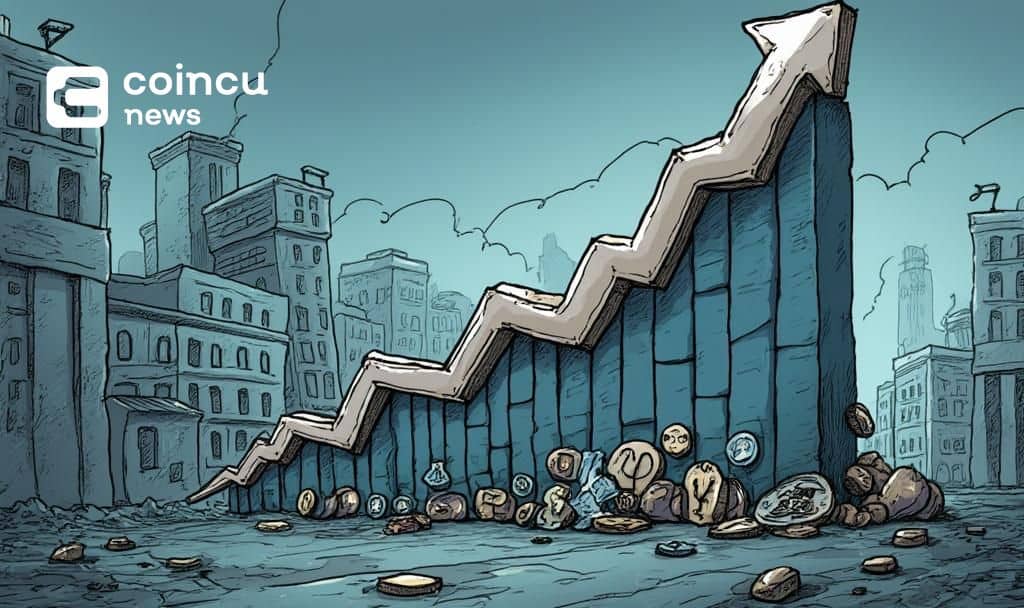Unfortunately, buying a car usually requires a sizeable loan, along with regular payments that must be made on time. If you’re struggling to keep up with your lender, you’re not alone. According to Consumer Affairs, more than 1.2 million vehicles were repossessed in 2022.
As the price of the average car has shot up 28% in the last five years, seven-year car loans are becoming normal. Repossession typically occurs when you haven’t made a payment on your car in 90 days, or around three months. Depending on the state, don’t expect a heads-up or court order alerting you that the lender is coming after the car, as many aren’t required to notify you.
Next, your vehicle will be seized and stored. Then, the lender will either keep it or sell it, potentially coming back to you for additional money if the car didn’t fetch enough to cover the amount owed, in addition to repossession and storage costs.
### Avoid Repossession by Communicating Early
First of all, you’ll want to avoid repossession, if at all possible, by speaking with your lender before they take action. Many lenders will negotiate with you regarding late or rescheduled payments. After all, repossession is a lot of extra work for them, typically recovering only around 30% of the loan value, according to Debt.org.
### What Happens When Your Car is Repossessed?
If your car is repossessed, the first step is to inquire about how to get your belongings back, as personal items you left in your car at the time of repossession aren’t part of the deal.
Next, you can try to get your loan reinstated or attempt to buy the car back.
### How Repossession Works
When you default on your car loan, the lender may employ a specialist towing company to retrieve the vehicle. Unfortunately, this usually happens without prior notification. However, in certain states and circumstances, you may be alerted beforehand.
For instance, in Wisconsin, if your original loan amount isn’t over $25,000, you have protection under the Wisconsin Consumer Act. This requires a written notice and a 15-day period before repossession can occur.
In many states, repossession action is swift and without warning, usually consisting of a tow truck pulling up, connecting to the car, and driving away.
### Know Your State Laws
It’s important to know what is and isn’t allowed in your state during a repossession. For example, in Massachusetts, a lawful repossession must not violate the breach of peace. This means it is unlawful to repossess a car with the driver inside, or to involve physical violence, coercion, or intimidation. Such actions transform the situation into a law enforcement matter.
Many states also prohibit repossessing vehicles that are inside a garage. In one case, a GM dealership was hit with a $350,000 judgment for a wrongful repossession, so it’s important to be aware of your state laws and contact the authorities and/or a lawyer if you feel your rights were breached.
### Financial Impact of Repossession
If you are unable to keep up with your car payments due to financial hardship, repossession won’t be your only problem. The lender must hire someone to repossess the car, pay for its storage, and handle any sale or attorney charges.
So essentially, after you missed the monthly payments, the lender will charge you additional fees. According to some law firms, towing fees can be as much as $500, with storage costs around $75 daily.
### Damage to Your Credit Score
It isn’t just the loss of your car — a repossession leaves a lasting mark on your credit score for seven years. This negative record can make qualifying for future loans very challenging.
Even worse, your credit score and ZIP code could cause your insurance rates to increase by thousands of dollars.
One significant factor in your FICO Score is payment history, which acts as an indicator of your risk level to lenders. Having a repossession on your file signals high risk, but this can be overcome over time with better financial management.
### How to Get Your Car Back After Repossession
Even if your vehicle has been repossessed, there are some ways to get it back:
– **Pay the full balance**: If you pay the entire balance of the car loan, including any late fees, you can reclaim your vehicle free and clear. Of course, this option requires having the funds available, which may not be feasible in many cases.
– **Reinstate the loan**: Work with the lender to bring your loan current by paying all late payments and any related fees. This reinstates your loan and allows you to keep your car.
– **Buy the car back at auction**: After repossession, the lender may put your car up for auction. They must notify you in advance — including the location, day, and time — so you can bid on it. Sometimes, whether the car is sold at auction or privately, you may have a last chance to pay off the entire loan amount before the sale is finalized to get your car back.
—
Repossession is a stressful situation, but understanding the process and your rights can help you navigate it more effectively. If you’re struggling to make payments, communicate early with your lender to explore possible solutions and avoid repossession altogether.
https://www.jalopnik.com/2013224/how-car-repossession-works-what-to-do/



